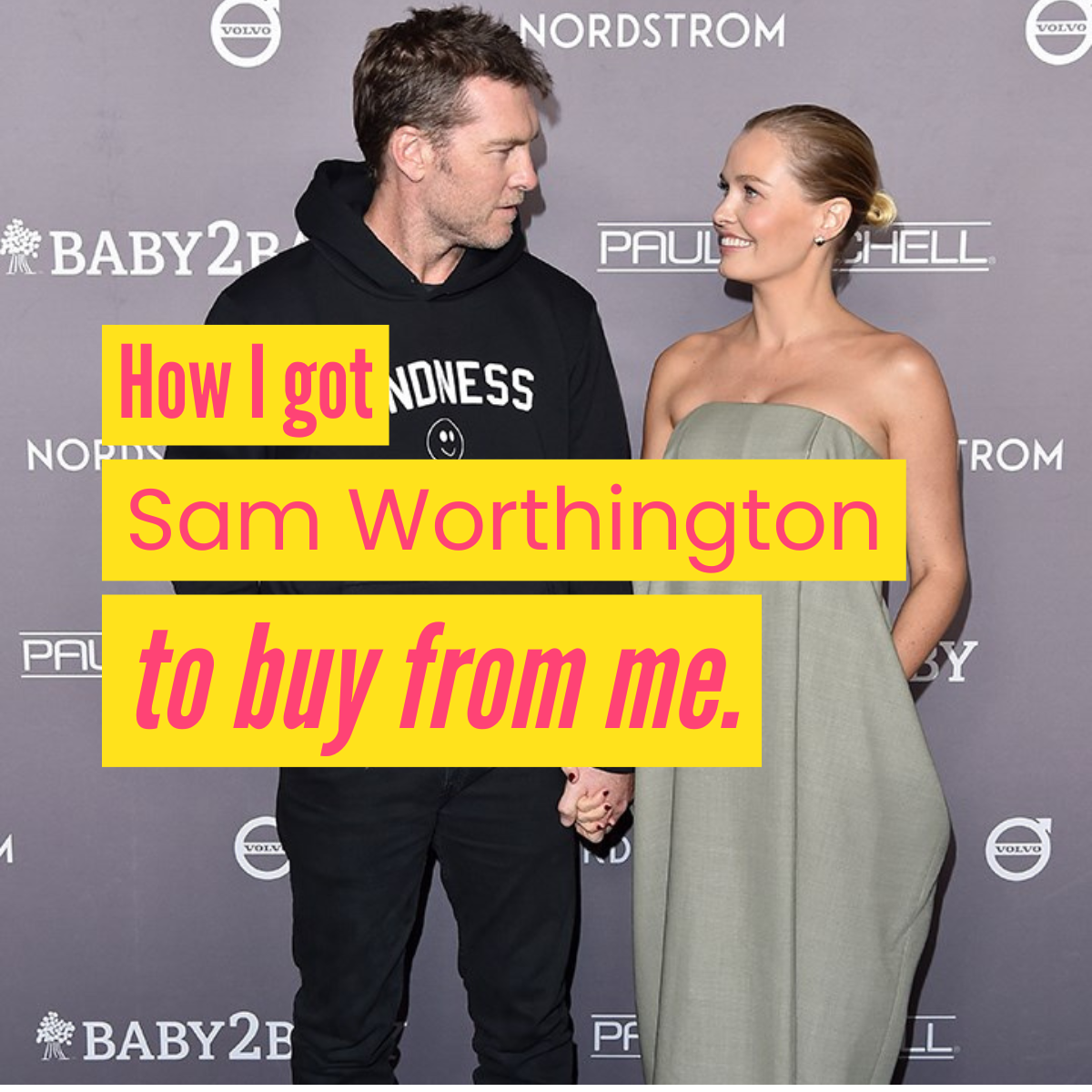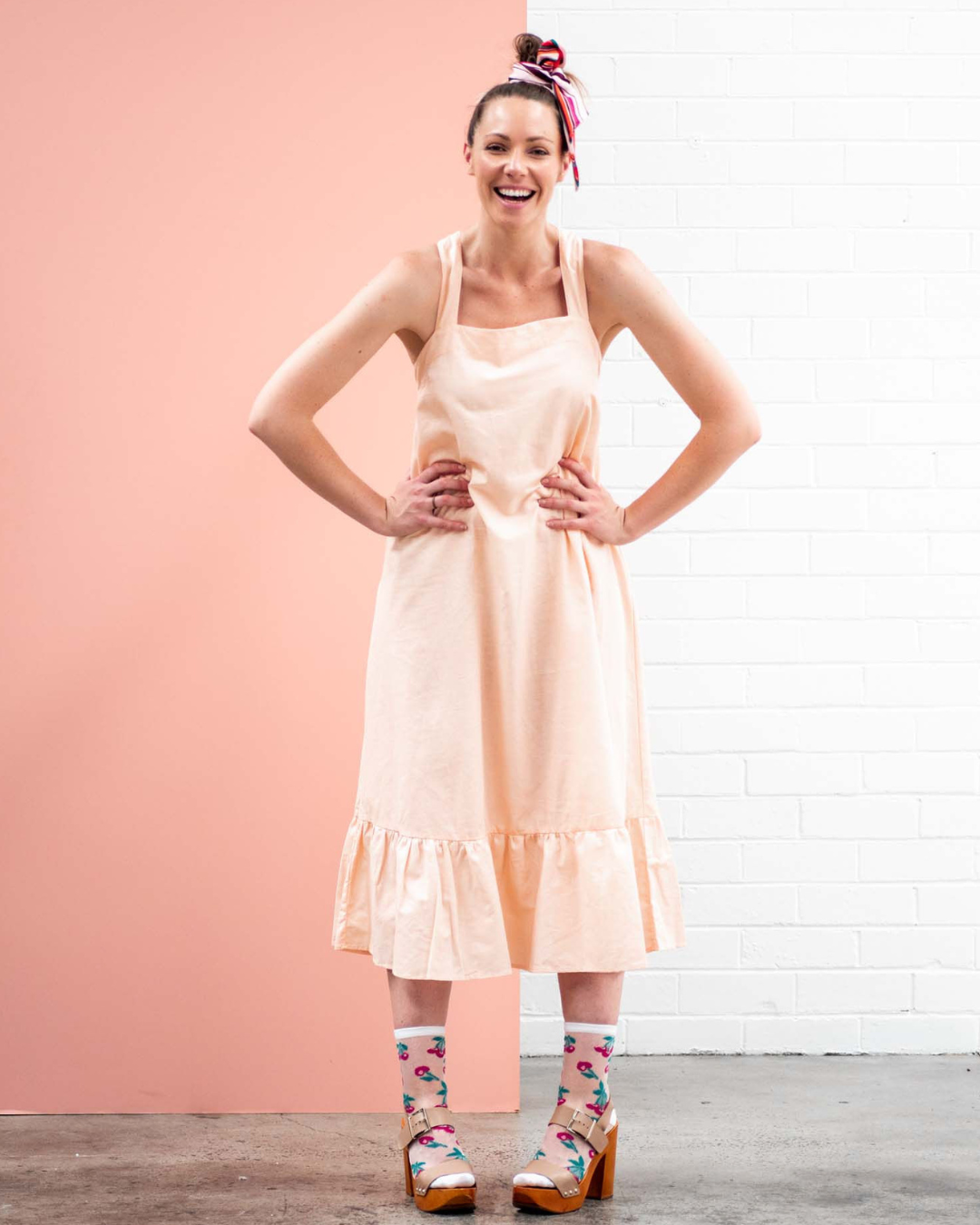2020 was our last year selling polyester garments, and I couldn't be happier. Choosing to ditch polyester fashion and support a sustainable fashion future was a tough decision to make because not selling polyester meant we would be limiting the brands we could stock. We were forced to say goodbye to some of our longest-standing labels at The Fashion Advocate, but, sometimes you have to make sacrifices for the bigger picture.
63% of fashion is made with polyester, a synthetic fabric produced with petrochemicals and non-renewable resources. Polyester is made with the same chemical components as plastic, and it's laced with chemicals and toxins. It's a nasty, environmentally-devastating fabric, and it has no place in our wardrobe.
My dislike of polyester isn't just personal though; it's a fabric that impacts us all, and the effects of polyester are an issue the fast fashion industry desperately needs to address.
Here's why...
Nearly 70 million barrels of oil are used each year to make the world's use of polyester. Oil is a non-renewable resource; once it's gone, it's gone.
A single polyester garment takes more than 200 years to break down, but it never decomposes. Tiny plastic particles exist - forever.
Every time you wash polyester, tiny plastic microfibers shed into our waterways, and fashion is now responsible for 35% of the microplastic fibres found in the ocean.
The production of cheap synthetic fibres such as polyester emits gasses like N2O, which is 300 times more damaging to our environment than CO2.
One polyester shirt has a 5.5kg carbon footprint, compared to just 2.1kg for a cotton shirt.
The average Australian sends 23kg of clothing to landfill every year. If 63% of it is made with polyester, we are literally throwing away non-renewable resources by the kilo, and leaving a toxic chemical trail in the process.
It's no secret that polyester is one of the least sustainable fabrics you can buy, and the only benefit of it, is that it tends to last - but at what cost? It's not sustainable, it's not eco-friendly, it's not natural, it doesn't breathe, it harbours bacteria, it doesn't break down, and put simply - fashion can do better.
While the big companies are working away on more sustainable fabric solutions, better circular processes for our secondhand fashion, and more environmentally-friendly manufacturing methods for virgin fabrics, there's plenty you can do from home to have a positive fashion impact...
As a consumer, you can choose to buy only natural materials and avoid synthetic fabrics like polyester.
If you already own polyester garments, wash them with a guppy bag or machine polyester filter to prevent plastic microfibers from entering our oceans. If you're ready to part with them, hold a swap-party with friends, try reselling them into the circular economy, find a local recycling program or donate them to an op shop. Never throw polyester garments in the bin.
If you're going to buy poly-based fashion like swimwear, only buy from brands who use regenerated, circular or recycled polyester. You'll still need to wash with a guppy bag, but you'll be cleaning up an already-existing plastic mess. Regenerated fibres like Econyl are made from post-consumer plastic waste, reducing plastic pollution and making use of existing resources.
Take responsibility for your fashion habits. You have the power to make a positive impact every time you choose to shop ethically and sustainably, which you can do here. Every garment counts.
The Fashion Advocate x






